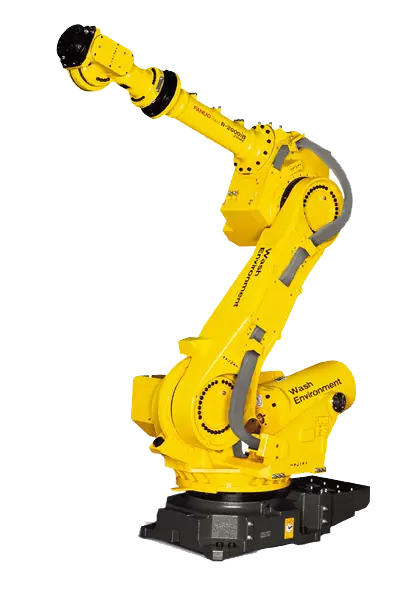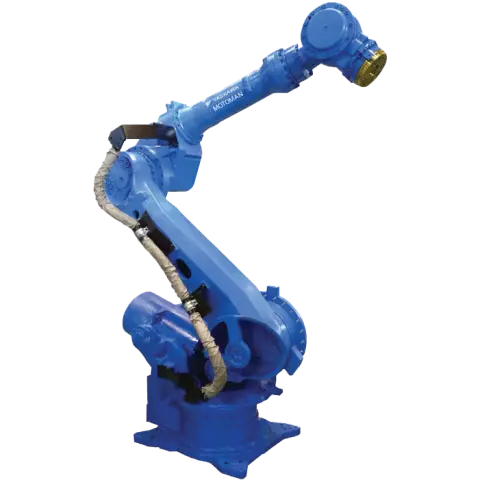Robots Done Right |
Used Robot Sales |

Die Casting Robots

When it comes to producing metalworks using non-ferrous metals, die casting is the go-to process for many manufacturers. Many consumer goods are composed of parts that are manufactured through die casting from appliances to vehicles. Die casting involves the forcing of molten metal under extremely high pressure into a mold cavity also called a die. Even though this is one of the most popular casting methods among manufacturers it can be a laborious and dangerous process. This is why many manufacturers are choosing to automate it with robotics. Die casting robots help to improve the safety, quality, and productivity of this application.
High temperatures are required in order to turn metals into the molten material needed for the dies. For example, aluminum melts around 1200 degrees Fahrenheit. These high melting temperatures cause extremely hot conditions within facilities such as foundries and are too hot for human workers. Not to mention the working with hot molten metals can also be dangerous along with the potential for inhalation of chemicals or fumes produced by the molten materials. Foundry robots like the ABB IRB 6640 are perfect for die casting applications as they are protected from these harsh conditions and they can withstand high temperatures, dust, and chemicals. Die casting robots can be mounted above die casting machines or placed right by them for increased access and faster cycle times. Die casting application robots can be used to fully automate every step of the process including spraying lubricant, tending machinery, pouring molten material, ejection of the molds, and trimming of excess metal.
In the next step a die casting robot will close the mold and load it into the die cast machine. An industrial robot is then used to inject the molten metal into the mold. The precise movements of robots such as the FANUC M-710ic/50 ensure accuracy to prevent the spilling of materials. Accurate dispensing ensures all casts are uniform and achieve the same level of high quality while also reducing waste. Robots are also able to dispense the molten metals quickly, often at speeds of less than 0.1 seconds to prevent the cast from solidifying before being completely filled.
Once the cast has cooled and solidified the die can be opened and the cast removed. A great amount of force is needed to remove a cast as it tends to shrink and conform to the die. Robots can apply the correct amount of force to eject the cast with ease and without damage. Once the cast has been ejected the next step is to remove any sprues from the cast. A die casting robot like the ABB IRB 4600-45/2.05 may be fitted with a tool changer to switch to a cutter in order to remove the excess metal with precision and speed.
Contact us by email mm@robotsdoneright.com or phone (440) 724-6568 today to discuss buying or selling a die casting robot.